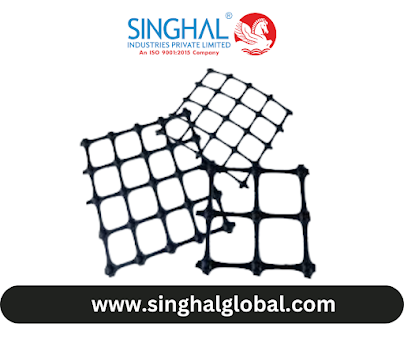Top 5 Reasons Why Drainage Cells Are the Key to Building a Better Planetary Future
Drainage cells are an innovative solution for stormwater management that can provide numerous benefits to builders and homeowners alike. From increased structural stability to decreased pollutant output, drainage cells offer unique advantages over traditional solutions. In this article, we'll look at the top five benefits of using drainage cells in construction.
Improved Water Retention Capacity.
Drainage cells provide an effective way to increase the amount of water that can be retained on site. The height of each cell can be adjusted to create a large water retention area, allowing more rain to stay onsite and reducing stormwater runoff. This can be beneficial in areas with heavy rainfall, as it helps reduce flooding risks and improves the water quality of nearby streams and rivers.
Reduced Chance of Flooding & Taxpayer Costs.
Drainage cells are an effective way to reduce the risk of flooding, which can lead to costly clean-up efforts for a city or town. The extra water retention onsite reduces the need for large stormwater systems that require extensive maintenance and tax dollars. By using drainage cells, taxpayers can save money while ensuring that rainwater is properly managed.
More Optimal Plant Growth and Conservation Efforts.
One of the major benefits of drainage cells is that they allow for more optimal plant growth and increased conservation efforts. Since stormwater can be retained on site, plants are allowed to access the water they need while avoiding damaging runoff caused by storms and other extreme weather events. This allows for healthy vegetation growth, which has positive impacts on soil health and helps reduce overall erosion. Additionally, because the water is captured onsite, less water is lost to runoff, making it easier to conserve limited natural resources.
Long-Term Durability & Structural Reinforcement Benefits.
Drainage cells offer the long-term durability necessary to bear the weight of a structure and the soil under it. Therefore, they are able to provide structural reinforcement that increases its stability. Their permeable nature also allows for proper drainage of any buildup or rainwater underneath the structure, which helps protect against sinkholes and other soil problems in the long term. Additionally, their open-cell design means that they can be filled with differing levels of materials such as stone or sand depending on the level of support desired.
A Sustainable, Responsible Building Choice for the Environment.
Drainage cells are made from 100% recycled plastic material, making their use an environmentally-responsible building choice. As there is no need for excavation or any further land disturbance, drainage cells effectively reduce the negative environmental impact of other materials used for similar functions. Furthermore, with a lifespan of over 50 years, they will provide reliable and consistent support for many future generations.

.png)
Comments
Post a Comment